In the ever-evolving landscape of medical histopathology, the quest for efficiency, standardization, and cost-effectiveness has driven groundbreaking innovations. At the forefront of this revolution is the BxChip® technology by Lumea, a transformative tissue microarray (TMA). This article delves into the exceptional features and benefits of BxChip, highlighting its impact on reducing costs, improving tissue yield and quality to enhance diagnosis, and revolutionizing histological processes.
The BxChip: A Pioneer in Multiplexing Methods
Launched in the United States in 2015, the Lumea BxChip stands as a pioneering sectionable matrix. Its properties closely mimic human tissue, making it an ideal candidate for revolutionizing histopathology methods. The BxChip is currently available for 16-18g core needle biopsies, though more gauge sizes are currently being researched and developed to further expand this technology’s positive impact in cancer diagnostics. It holds and maintains up to 6 core needle biopsies per chip on an even plane for fixation and preserves orientation throughout lab processing.
Key Advantages of the BxChip
1. Enhanced Diagnosis:
One of the most remarkable aspects of the BxChip is that it has demonstrated a significant increase in cancer detection rates in studies involving prostate biopsies compared with traditional methods. One study observed an increased cancer detection rate of 18.79%, when employing the BxChip [Wojno et al., 2016]. Another study testing the BxChip increased their cancer detection rate from 43% to 69% [Tomosoiu et al., 2022]. One cited reason for these significant improvements is that the chip eliminates issues such as tissue fragmentation, deformation, or loss of orientation, ensuring high-quality diagnostic tissue samples.
2. Time Savings:
The BxChip also has incredible potential for substantial time savings. Studies have consistently shown that the BxChip processing method decreases the time required to prepare samples and significantly reduces storage space, leading to a more cost-efficient histopathology workflow [Wojno et al., 2016; Murugan et al., 2019; Radavoi et al., 2014]. The BxChip method demonstrated a more than threefold reduction in preanalytical and analytical time, including grossing, embedding, sectioning, and diagnosis [Murugan et al., 2019].
3. Improved Specimen Quality:
Extended prostate biopsy protocols, aimed at improving cancer detection, often lead to false-negative results exceeding 30%. Sampling errors in cases with low cancer volume and tissue loss due to poor orientation and fragmentation (present in nearly 30% of cases) can distort cancer quantification and Gleason scoring, impacting treatment decisions. The BxChip’s ability to reduce tissue fragmentation and better maintain tissue on an even plane led to an average increase in total biopsy core length by 9.10 mm, contributing to improved diagnosis. [Murugan et al., 2019]. Other studies have corroborated this finding, showcasing how the BxChip can lead to better patient care [Radavoi et al., 2014, Wojno et al., 2016].
4. Multiplexing Capabilities:
The BxChip facilitates the parallel analysis of multiple tissue samples, offering a powerful tool for increasing efficiency, standardization, and accuracy in histological techniques. It allows for the consolidation of formalin-fixed paraffin-embedded tissue samples in a few paraffin blocks, streamlining downstream applications and reducing experimental variability [Vogel, 2014].
5. Storage Reduction:
The use of the BxChip resulted in a sixfold reduction in the storage space of tissue blocks and slides, freeing up more space in the lab [Murugan et al., 2019].
Just imagine skyrocketing tissue quality and lab efficiencies without a single penny in extra costs. A recent cost analysis proved that implementing the BxChip comes at no increase in expense for labs compared with traditional lab operations. This analysis didn’t factor in the time and cost savings that would result from switching to Lumea tech for immunostaining and recuts.
Lumea’s BxChip technology has emerged as a game-changer in the field of histopathology, offering a revolutionary approach to tissue microarray creation. With its biomimetic properties, cost-reducing capabilities, and enhanced diagnostic precision, the BxChip has paved the way for more efficient and standardized histological techniques. As laboratories strive for excellence in diagnostic procedures, the adoption of the BxChip promises not only improved outcomes but also significant advancements in the overall efficiency of histopathological processes.
Are you ready to see what it would take to implement the BxChip in your lab and increase your ability to provide better patient care today? Request more information via our online form, or read more about this tech in our BxChip FAQ.
References:
- Wojno K, Al-Jundi R, Mazurco A, Al Hamzawy H. MP16-19 Bxchip™ Clinical Tissue Array Increases Cancer Detection Rate &Amp; Amount Of Tissue Available For Pathologist Review. Journal of Urology. 2016;195(4S). doi:10.1016/j.juro.2016.02.2584 [CrossRef] [Google Scholar]
- Tomosoiu R.B., Petrescu A.N., Musat S., Farcas C.P., Rascu S., Miron A.I., Jinga V. Parallel Processing of biopsies increases precision of diagnosis in prostate cancer. Rom. J. Urol. 2022;21:58–67. [Google Scholar]
- Murugan P, Shukla D, Morocho J, et al. Prostate Biopsy Processing: An Innovative Model for Reducing Cost, Decreasing Test Time, and Improving Diagnostic Material. American Journal of Clinical Pathology. 2019;152(6):757-765. doi:10.1093/ajcp/aqz101 [PubMed] [CrossRef] [Google Scholar]
- Vogel U. Overview on Techniques to Construct Tissue Arrays with Special Emphasis on Tissue Microarrays. Microarrays. 2014;3(2):103-136. doi:10.3390/microarrays3020103 [PMC free article] [PubMed] [CrossRef] [Google Scholar]
- Radavoi GD, Petrescu A, Berdan MG, Manea NF, Tanase F, Jinga V. 745 The use of multiplex biopsies as a cost-effective method in the diagnostic of prostate cancer. European Urology Supplements. 2014;13(1):e745. doi:10.1016/s1569-9056(14)60734-x [CrossRef] [Google Scholar]

